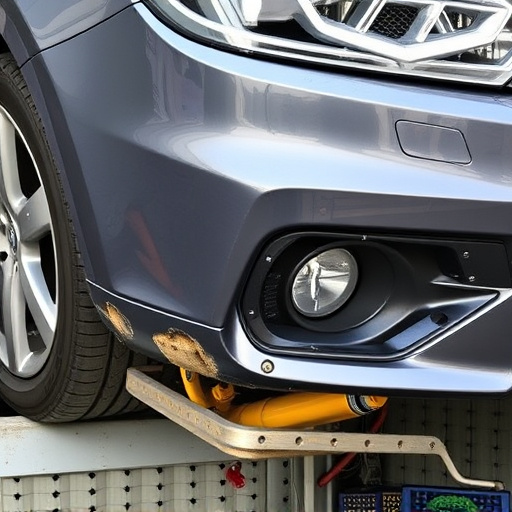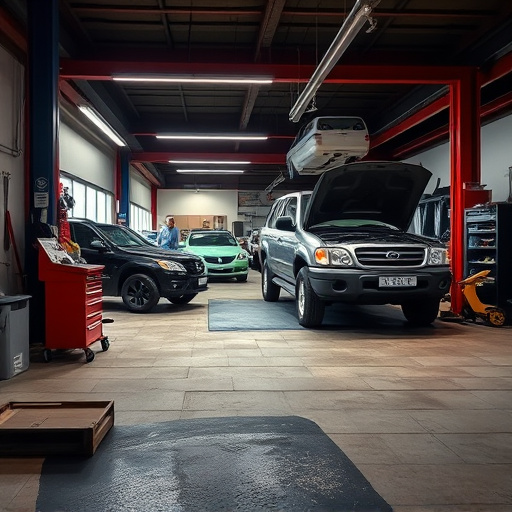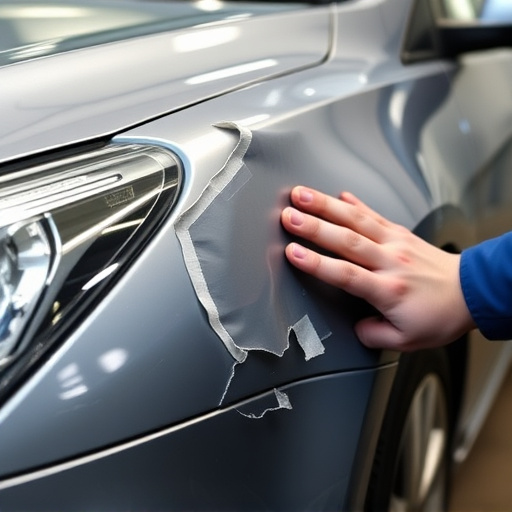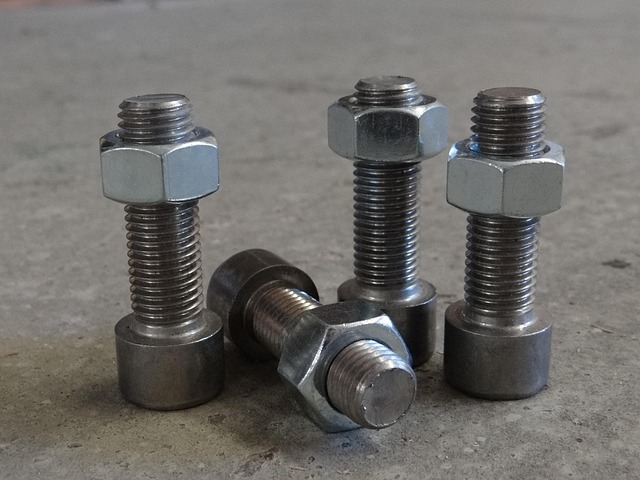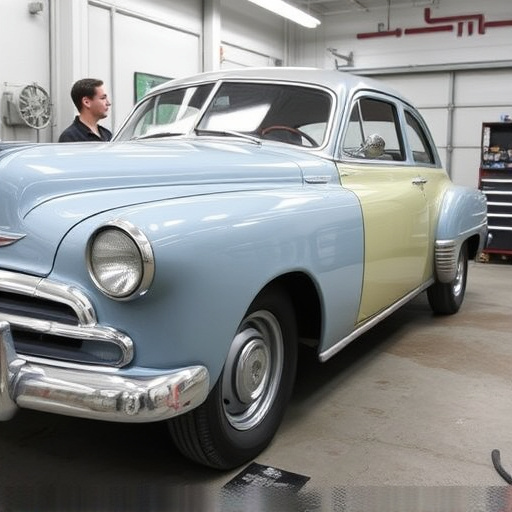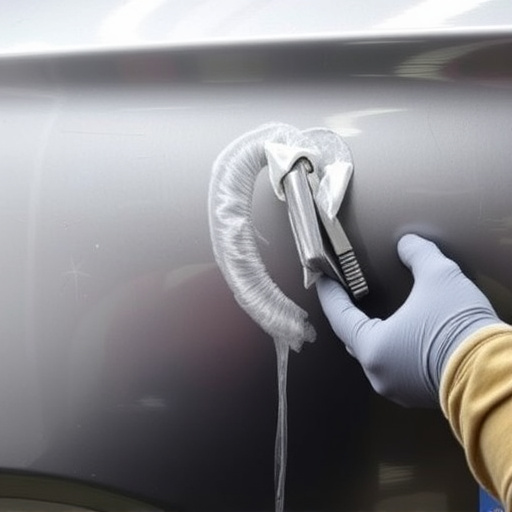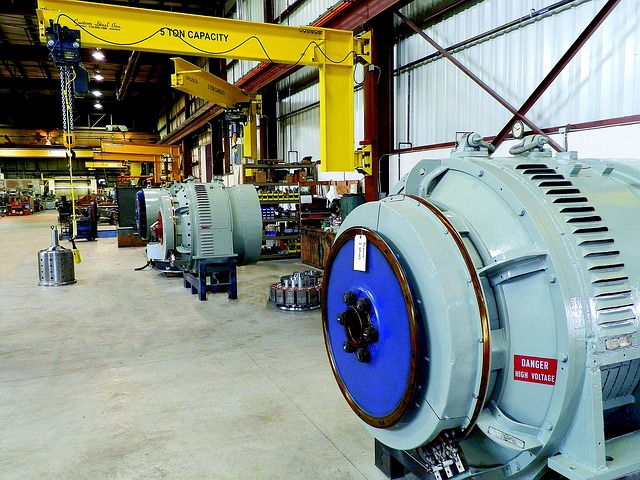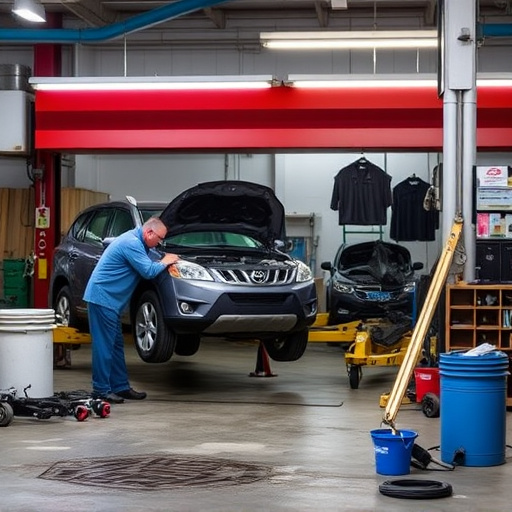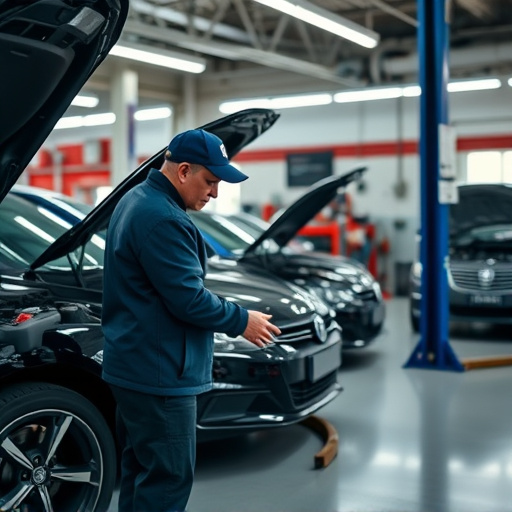Flood damage to vehicles poses hidden structural and functional risks due to contamination and water intrusion. Specialized ozone treatment is an effective solution for decontaminating, mitigating corrosion, and repairing flood-damaged cars. This process involves assessment, ozone infusion, ventilation, inspection, and repairs. While cost-efficient and powerful, it requires proper safety training and equipment to balance benefits against potential respiratory risks.
“In the aftermath of floods, countless vehicles suffer water intrusion, electrical damage, and rust—a complex challenge for repair professionals. This article explores a game-changing solution: Ozone treatment, a revolutionary process transforming flood damaged vehicle repair. We’ll delve into the intricate impacts of flood damage on vehicles, uncover the step-by-step ozone treatment process, and analyze its benefits and challenges. By understanding this innovative approach, repair shops can enhance their services, ensuring optimal outcomes for flood-affected cars.”
- Understanding Flood Damage and Its Impact on Vehicles
- The Ozone Treatment Process: A Step-by-Step Guide
- Benefits and Challenges of Ozone Treatment in Repair
Understanding Flood Damage and Its Impact on Vehicles

Flood damage can have a profound effect on vehicles, causing a range of issues that extend beyond visible water lines. When a vehicle sits in floodwaters, it’s exposed to a potent mix of contaminants—from mud and debris to chemicals and microorganisms. This exposure can lead to structural damage, corrosion, and infiltration of water into critical components, potentially rendering the vehicle unsafe to drive. The extent of harm isn’t always immediate; some effects may manifest months later, exacerbating repair challenges.
Understanding the intricacies of flood damage is crucial for effective flood damaged vehicle repair. Auto repair shops specializing in such work employ advanced techniques like ozone treatment to address these complex issues. Ozone, a powerful oxidizer, helps break down and eliminate organic compounds introduced by floodwaters, mitigating further corrosion and ensuring more accurate and durable vehicle body repair, including car body repairs.
The Ozone Treatment Process: A Step-by-Step Guide

The Ozone Treatment Process begins with thoroughly assessing the flood-damaged vehicle to identify areas requiring treatment. This includes inspecting the vehicle body for water intrusion, corrosion, and mold growth. Once identified, the affected components are prepared for ozone therapy by cleaning and drying them to ensure optimal absorption of ozone molecules.
Next, a high-pressure ozone machine is used to infuse pure ozone gas into the damaged areas. The machine releases ozone at specific intervals and pressure levels to penetrate deeply into porous materials like car interiors and metal surfaces. This process effectively breaks down organic compounds responsible for musty odors and mold growth associated with flood damage. After treatment, the area is ventilated to remove any residual ozone, ensuring safety for both workers and the vehicle’s interior. The final step involves inspecting the treated areas, followed by necessary vehicle body repair, auto detailing, or car restoration procedures to restore the vehicle to its pre-flood condition.
Benefits and Challenges of Ozone Treatment in Repair

Ozone treatment offers several significant advantages for flood-damaged vehicle repairs. Its powerful oxidizing properties make it an effective means to decontaminate surfaces, eliminating mold, mildew, and other harmful bacteria that often proliferate in water-soaked vehicles. This process not only enhances the aesthetics of the affected parts but also ensures a healthier environment for both repair technicians and future car owners. Moreover, ozone is a cost-efficient alternative to traditional chemical treatments, making it an appealing option for automotive body shops and collision repair centers aiming to streamline their post-flood restoration processes.
However, implementing ozone treatment in flood damaged vehicle repair also presents certain challenges. The primary concern lies in ensuring the safety of both personnel and the environment during application. Improper handling or excessive exposure to ozone can pose respiratory risks. Additionally, while ozone is efficient at eliminating odors, it may not always be suitable for all materials used in cars, especially sensitive finishes and plastics. Therefore, automotive body shops must invest in proper training and equipment to handle ozone treatment effectively and responsibly, balancing its benefits against potential drawbacks to deliver the best outcomes in flood damaged vehicle repair.
Ozone treatment emerges as a promising and eco-friendly solution for repairing flood-damaged vehicles, offering significant benefits such as faster drying times, reduced odor, and improved material resilience. By effectively breaking down organic compounds and neutralizing odors, ozone treatments streamline the repair process, making it an attractive option for auto body shops. However, challenges like the need for specialized equipment and proper training must be addressed to ensure optimal results in flood damaged vehicle repair processes.

